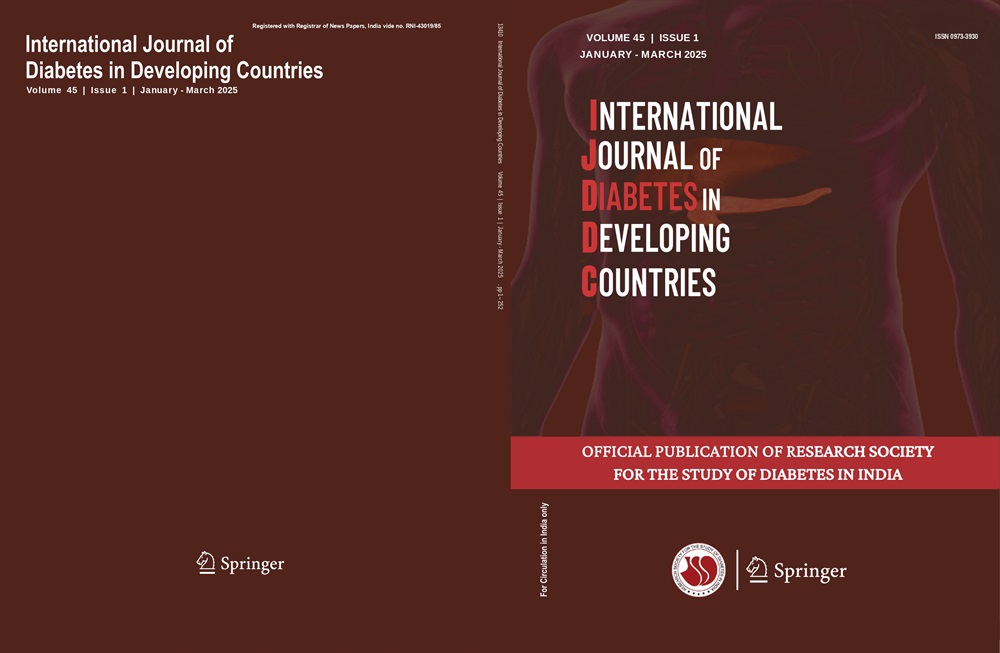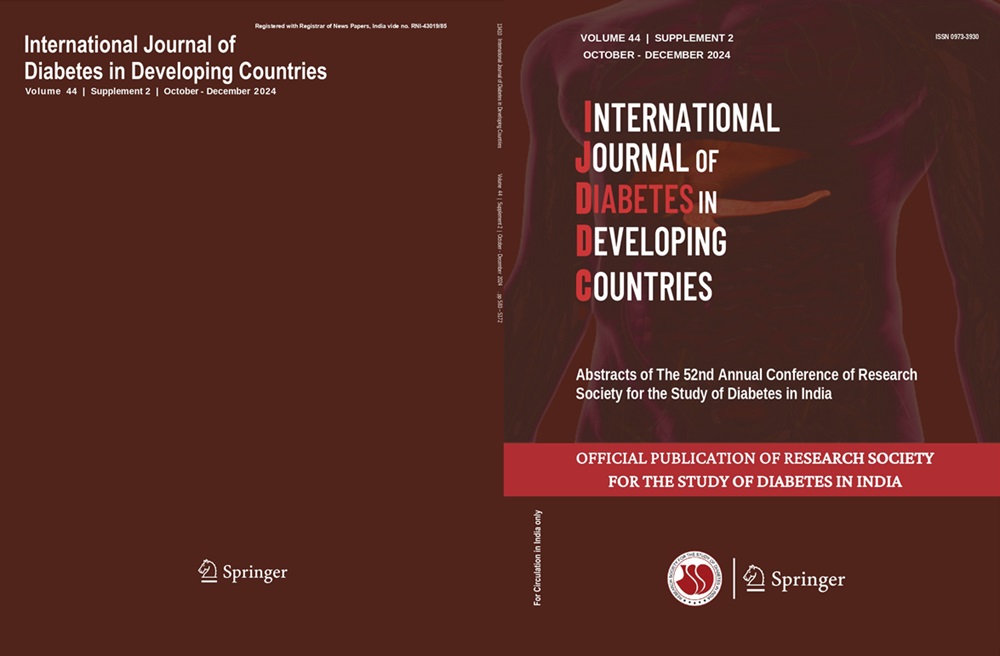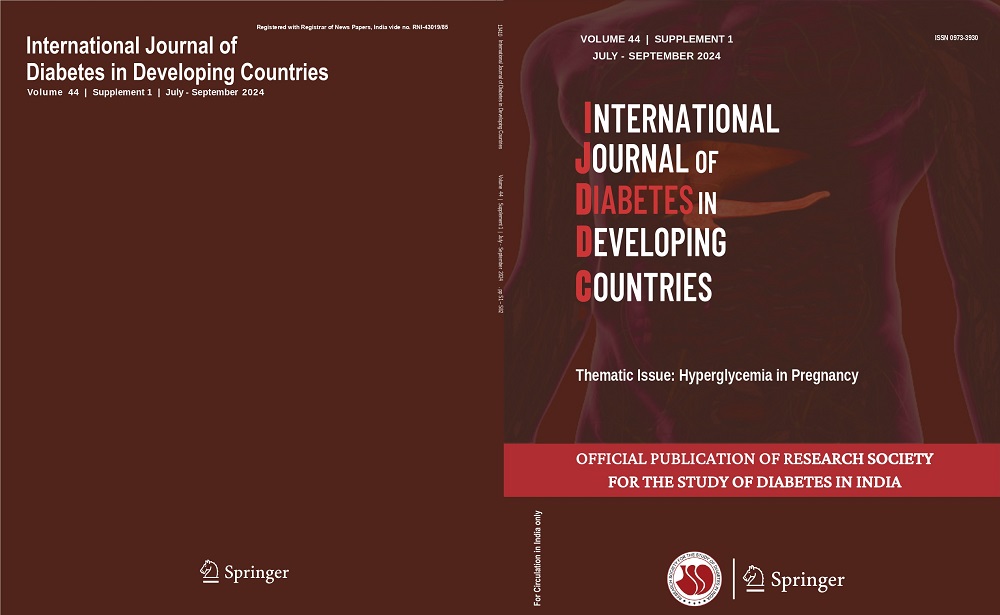David Santiago-Germán, Rosa María Jiménez-Alvarado, Alfredo Leaños-Miranda, Irma Isordia-Salas
Background Essential hypertension is associated with increased risk for atherothrombotic disease.
Objective The aims were to determine and compared the plasma concentration of von Willebrand Factor (vWF) and Plasminogen Activator Inhibitor type 1 (PAI-1) in hypertensive patients with and without atherothrombotic disease and the influence of antihypertensive treatment on those biomarkers.
Methods Total of 341 individuals were included, 83 normotensive subjects and 258 hypertensive patients (43 with and 215 without atherothrombotic disease). The vWF and PAI-1 were measured by ELISA technique. Multivariate linear and quantile regression analysis were performed.
Results There was higher vWF concentration (p < 0.001) and PAI-1 (p < 0.001) in hypertensive compared with normotensive individuals. The vWF level was correlated with hypertension, older age and glucose, explaining 26%, 70% and 86% of vWF variability. Increased PAI-1 levels were correlated with glucose, triglycerides, HbA1c, explaining 66%, 73% and 90% of variability. In contrast, lower PAI-1 concentration was determined by older age.
Conclusions We found higher levels of vWF and PAI-1 in hypertensive patients, with highest concentration of vWF in patients with hypertension and thrombotic disease and the highest of PAI-1 in hypertensive patients without atherothrombotic disease. The lowest level of vWF was determined in patients with angiotensin II receptor blocker, and for the PAI-1 level in patients with calcium channel blocker medication. The lowest concentration of both biomarkers was present in patients who were treated with 3 or more drugs. Hypertension, older age, disorders in glucose and lipid metabolism were the main determinants of vWF and PAI-1 variability.




